
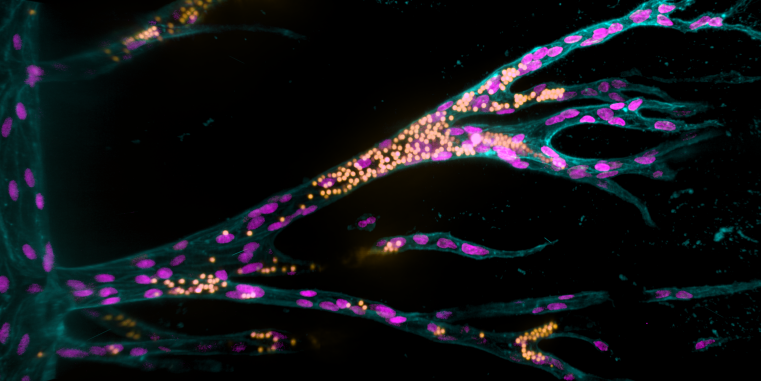
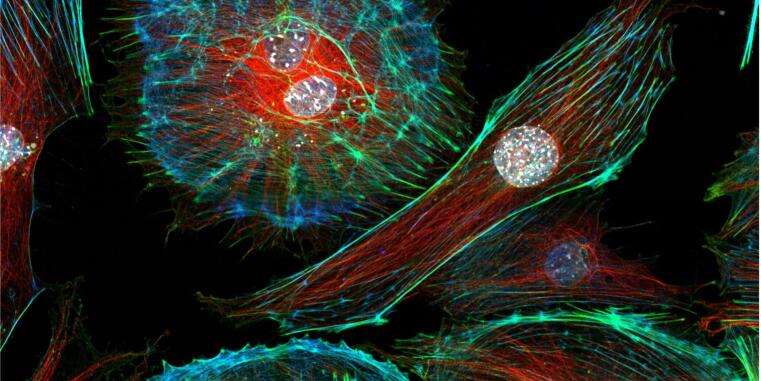
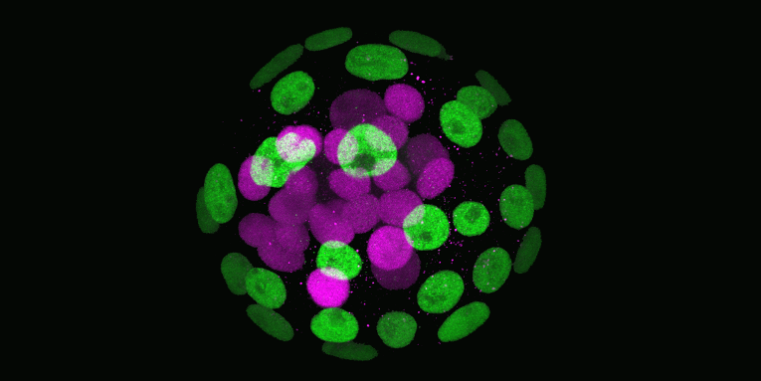
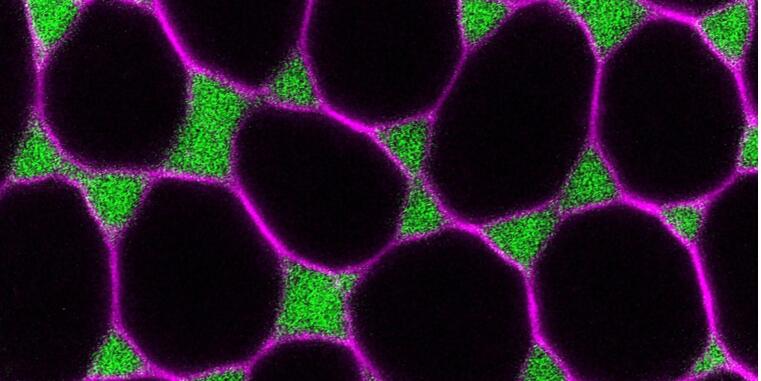
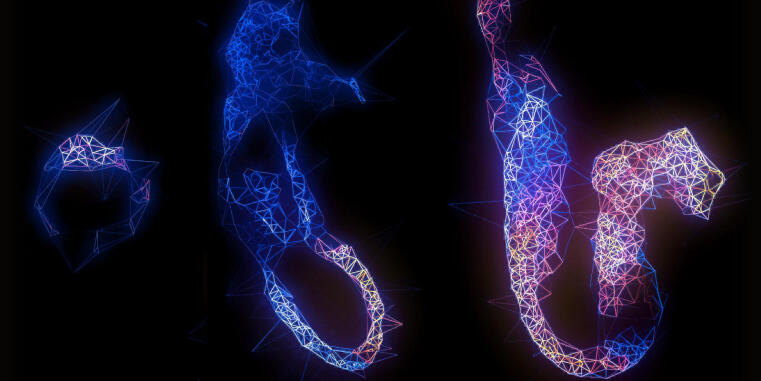








Accurate timing for differentiation of cells and their precise spatial integration into a complex organism require constant communication across cellular interfaces. Exchange of information and signals mostly occurs via assembly and disassembly of molecular platforms that serve as cellular decision-making hubs. To understand the dynamic organization and decision-making processes at cellular interfaces this collaborative research center will follow an integrated research approach, combining projects at two levels:
First we will decipher the formation of particular plasma membrane domains in isolated cells and at interfaces between neighboring cells. Second we will study the functional consequences of selected cellular interfaces in the context of the organisms. Our studies employ state-of-the-art high-resolution imaging modalities and utilize the advantages offered by genetic model organisms. We will then integrate both levels of analyses by incorporating the mechanistic insights gained from simpler model systems into a multicellular context to gain a better understanding of how specific properties of cellular interfaces are used to shape and regulate complex tissue structures within organisms.
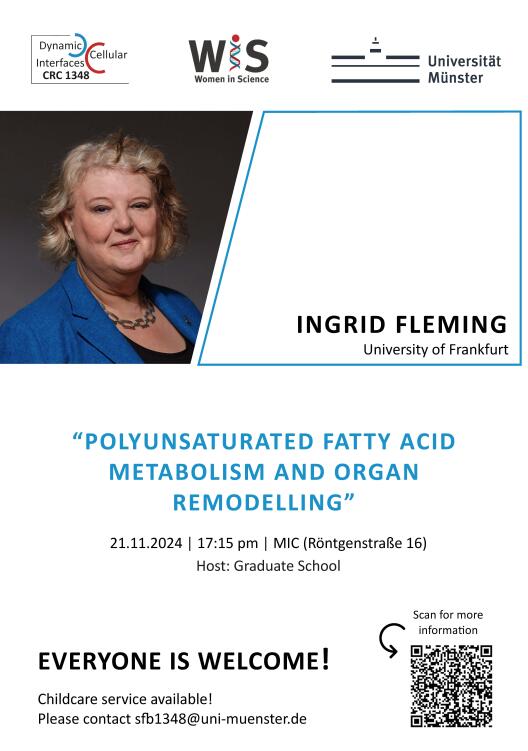
Exciting seminar with Ingrid Fleming about "Polyunsaturated fatty acid metabolism and organ remodelling". Click here for more information.
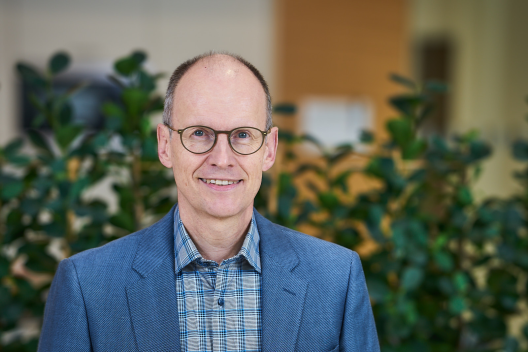
Knochen wirken auf den ersten Blick trocken und tot. Tatsächlich sind sie jedoch sehr lebendig und werden ein Leben lang ständig erneuert und umgebaut. Zwei Zelltypen halten den Auf- und Abbau im Gleichgewicht: Sogenannte Osteoblasten bilden neuen Knochen, Osteoklasten dagegen bauen Knochenmaterial ab. Mit dem Älterwerden verschiebt sich dieses Gleichgewicht zugunsten der Osteoklasten und dem Verlust von Knochensubstanz. Sinkt die Knochendichte zu stark, können Osteoporose und ein erhöhtes Risiko für Knochenbrüche die Folge sein. Rund zehn Prozent der Menschen in der Europäischen Union, vor allem Frauen nach der Menopause, sind davon betroffen.
Wie kontrollieren verschiedene Zelltypen die Vorgänge im Knochen und welche Rolle spielen Blutgefäße bei Aufbau und Verlust von Knochenmasse? Warum nutzen wir Mäuse als Modellsystem für Prozesse im menschlichen Körper? Können wir die Funktion des Blutgefäßnetzwerks für eine effektivere Therapie von Osteoporose nutzen? Gibt es neben Sexualhormonen auch andere Faktoren, die dafür verantwortlich sind, dass Knochenverlust im weiblichen Organismus so ausgeprägt ist? Diese und andere spannende Fragen – und hoffentlich auch ein paar Antworten – sind Gegenstand des Vortrags.

The CRC 1348 office is located in the Multiscale Imaging Center (MIC). Our seminars take place in the MIC auditorium.
From Münster central station (Münster Westf Hbf) you can reach the MIC by bus in around 30 minutes.
Bus stops:
(Status as of November 2023)
(Status as of November 2023)